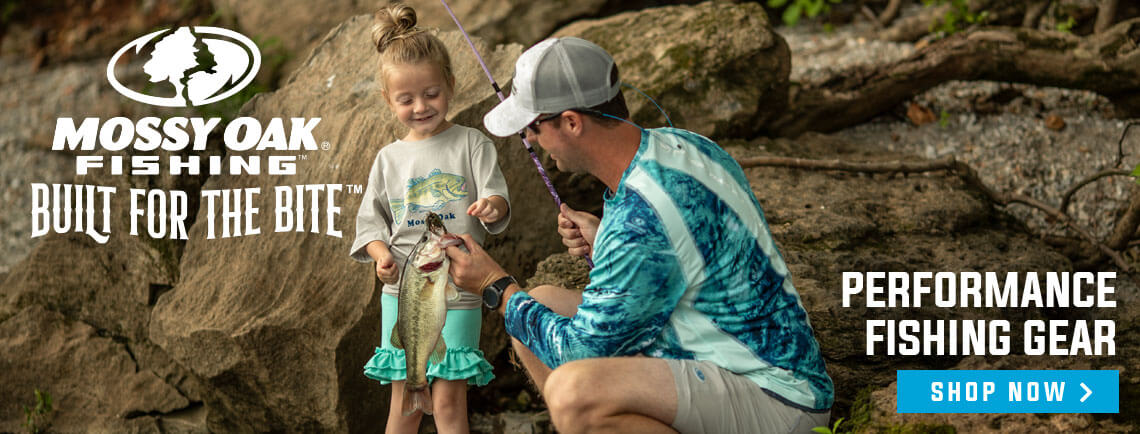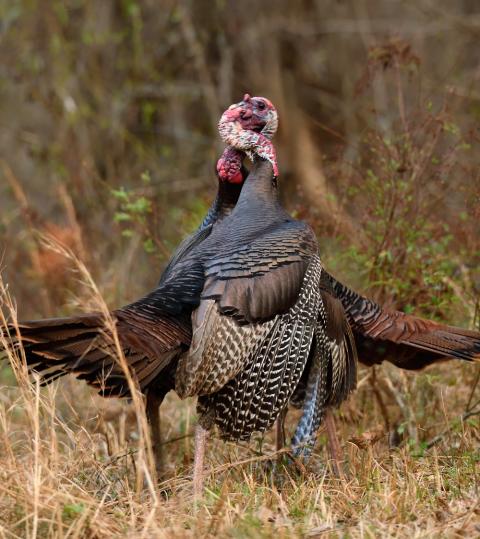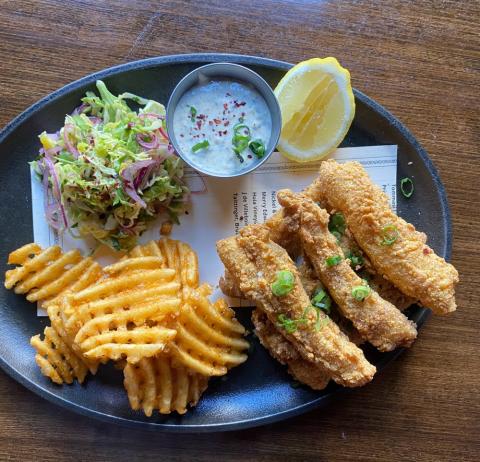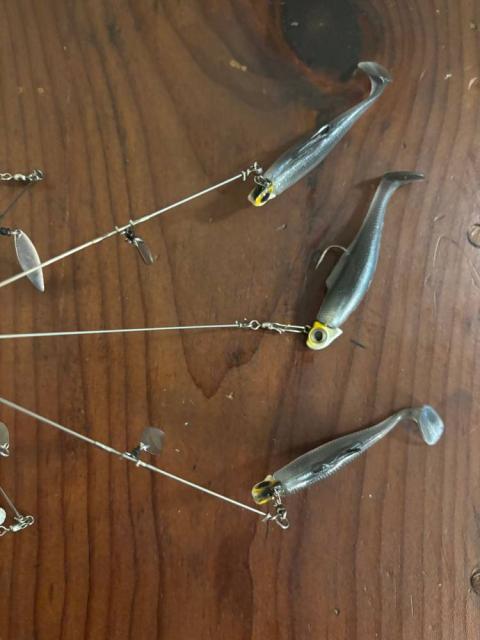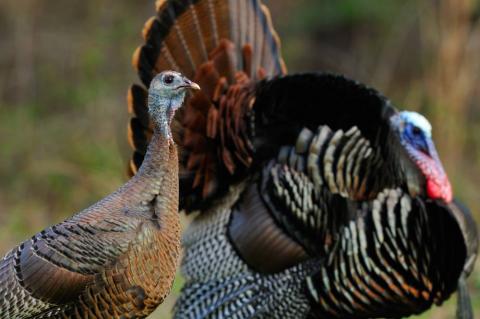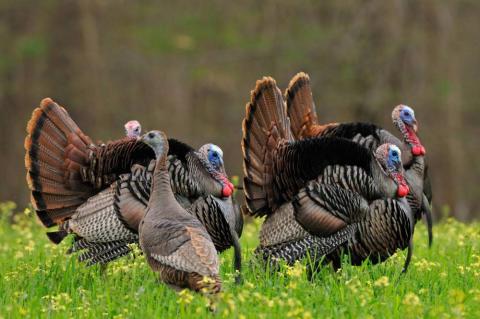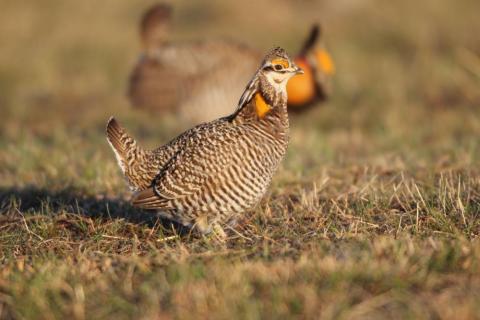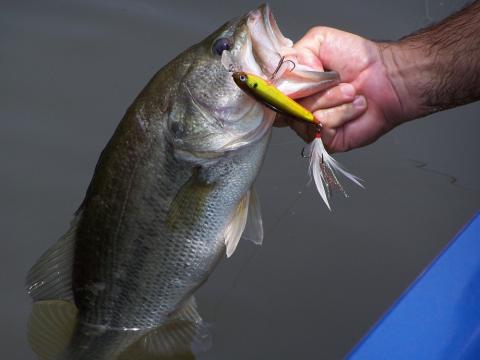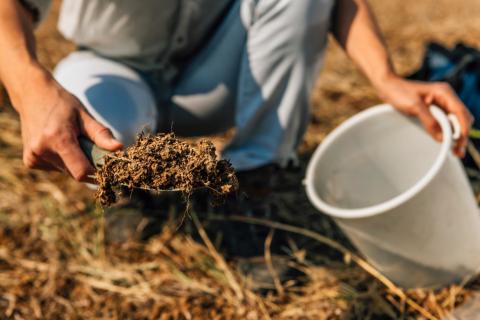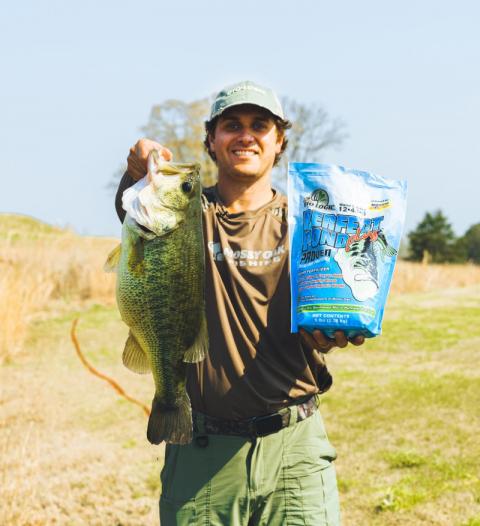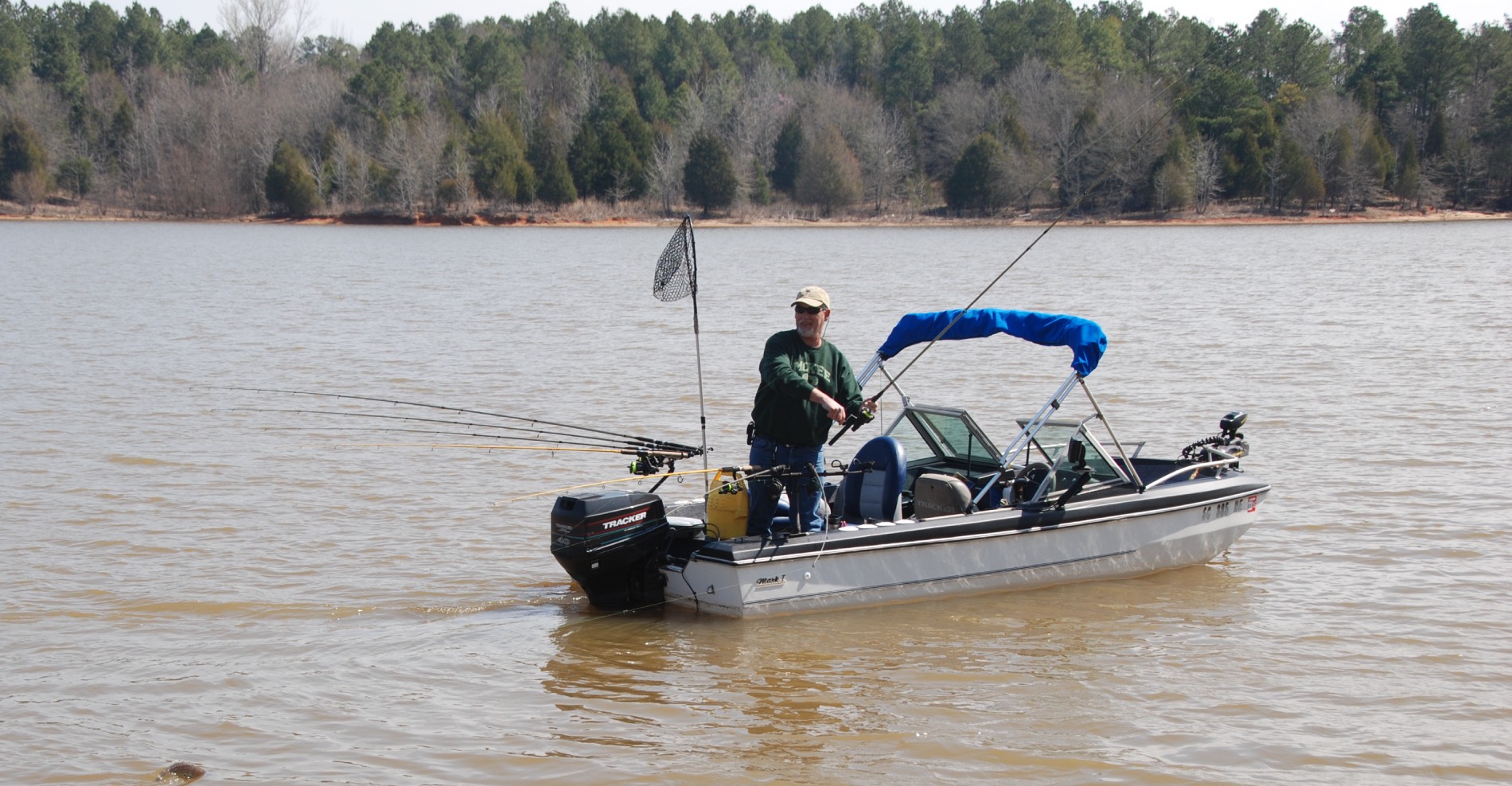
Long line trolling for crappie is an effective tactic that excels during the pre-pawn, spawning, and post-spawn seasons when crappie are in transition from one area to the next.
Written by Phillip Gentry
Long line trolling is an effective crappie fishing tactic for most of the year but really shines during the pre-spawn and post spawn seasons from late February through the early part of summer before crappie go deep. Long line trolling is a fantastic search tool for locating schools of crappie and does equally well when crappie are scattered over a large area and suspended.
Long lining is one of the most effective techniques for fishing for scattered fish on flats. Whether the fish are tight to cover such as stumps or brush piles or whether they're scattered, this trolling technique is the best at putting both quality and numbers of crappie in the boat.
Crappie are known to use break lines in depths of 8 to 12 feet of water moving towards their spawning grounds during pre-spawn and away from those areas in post spawn. Long lining creates a lot of opportunities right under the crappie's nose.
Depth Presentation
One of the greatest challenges of long lining for crappie is accurately presenting baits at specified depths in order to target suspended fish. Depth presentation is based on a combination of boat speed, line out and jig weight. Other factors that influence this depth include the diameter of line used, water currents, and wind currents.
Long line trolling is efficient down to depths of 12-15 feet, after which a vertical presentation of weighted baits is usually more effective. An exact guide to long line trolling depth is not possible to fit every situation and boat setup. As a rule of thumb, a single jig trolled at .8 mph will reach the following ranges:
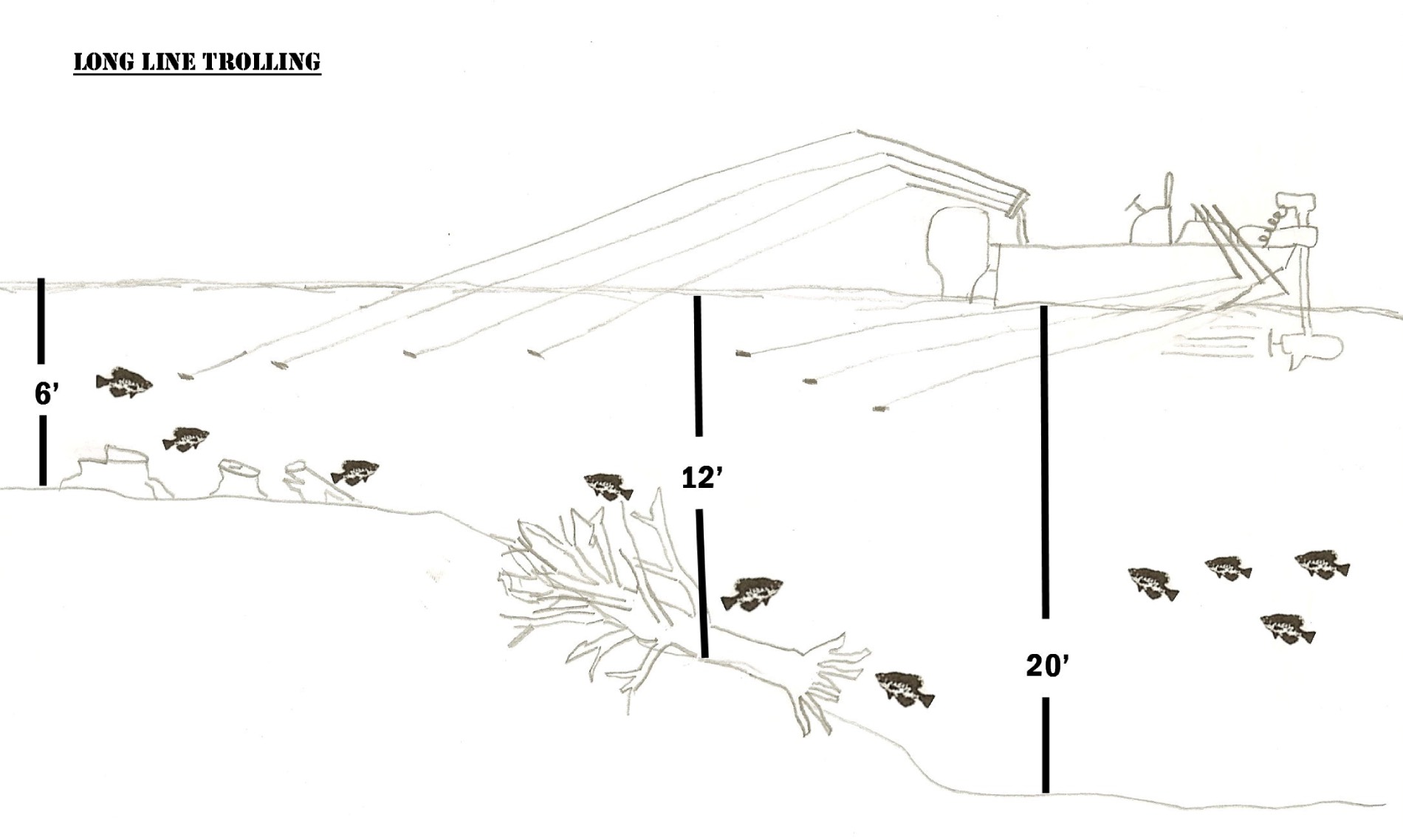
Any time crappie are suspended and or scattered, transitioning from one area to another is a great time to long line troll for them.
Jighead Weight GPS Boat Speed/Depth range
.8 mph 1.0 mph 1.2 mph
1/32 oz single 4 - 6 feet 3 - 5 feet 2 – 3 feet
1/16 oz single 7 – 9 feet 6 – 8 feet 5 – 7 feet
1/8 oz single 9 – 11 feet 8 – 10 feet 6 – 7 feet
¼ oz single 12 – 14 feet 10 – 12 feet 8 – 10 feet
Each boat set up will vary with minor details that can affect depth of presentation. Mixing jig weights is not usually a good idea as different weights will cause lines to cross during trolling turns. Tying two jigs on one line adds weight and will track deeper and can help define crappie's depth preference but also causes complications while making turns.
Best Baits to Use for Longline Trolling for Crappie
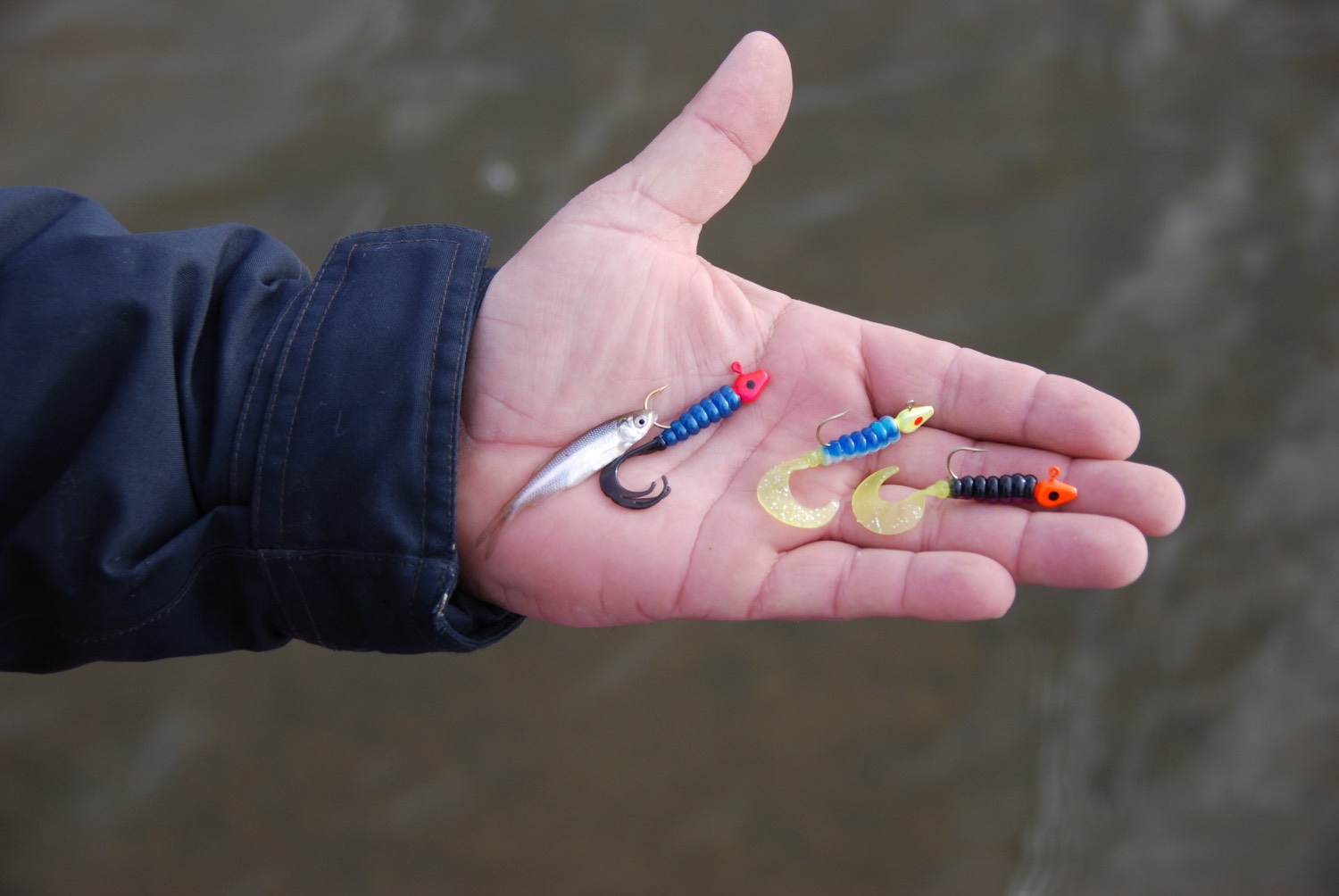
Action baits, those that impart a swimming action when trolled, work best when crappie are in an aggressive mood.
Long lining anglers may see better interest from pre-spawn fish by using an “action tail” plastic baits during the pre-spawn and spawning phases when crappie are more aggressive. These action baits include paddle tails, twister tails, and other configurations designed to give the bait a swimming action when trolled through the water.
Once crappie transition into the post-spawn pattern, using “gliding baits” may be more appealing to less aggressive fish. These baits include split tails, stinger tails, and hair or marabou jigs that do not present as much action in the water.
It is advisable to set your speed with the trolling motor and then hold a sample bait just under the surface to make sure that speed is adequate to give the jig the intended action.
Gear and More Tips
Another long lining tip is to look for a specific pattern of fish movement or activity rather than just randomly trolling through the area. Fish may be relating to a drop off or ledge or may show a preference for a particular color, speed or depth. The key is to hone in on what the fish prefer and adjust the other rods in your trolling setup to match what the fish show a preference for.
Rod and rod holder configuration vary based on angler preference. In order to keep lines as separate as possible, it is recommended to use longer rods on each gunnel (side) of the boat and decrease the rod length as you move toward and onto the transom. One suggestion might be to place a 16-foot rod towards the front of the boat in a rod holder followed by another 12-foot rod, both perpendicular to the boat. Near the transom, place two more 12-foot rods, two on each side, to spread out his lines. The number of rods used may be dictated by state statute.
While there is a debate between the use of 4-pound monofilament line and 6-pound line for long line trolling, it may be useful to spool each reel with a different color line. For example, spool orange, and fluorescent yellow, fluorescent green, and fluorescent blue on each side. Using this technique, when the lines get tangled, and eventually they will, you can easily sort out which line goes to what rod and get your baits back in the water quicker.
Long line trolling is both a popular search tactic as well as a productive fishing tactic. The key to a successful outing is to follow a routine and work each rod from a specific rod holder and avoid laying rods on the deck when a fish hits, a line gets snagged, tangles occur, and eventually, when all of the above occurs at once.
Read More: Tactics for Crappie Fishing
Watch Now: How to Find Crappie in Deep Water

